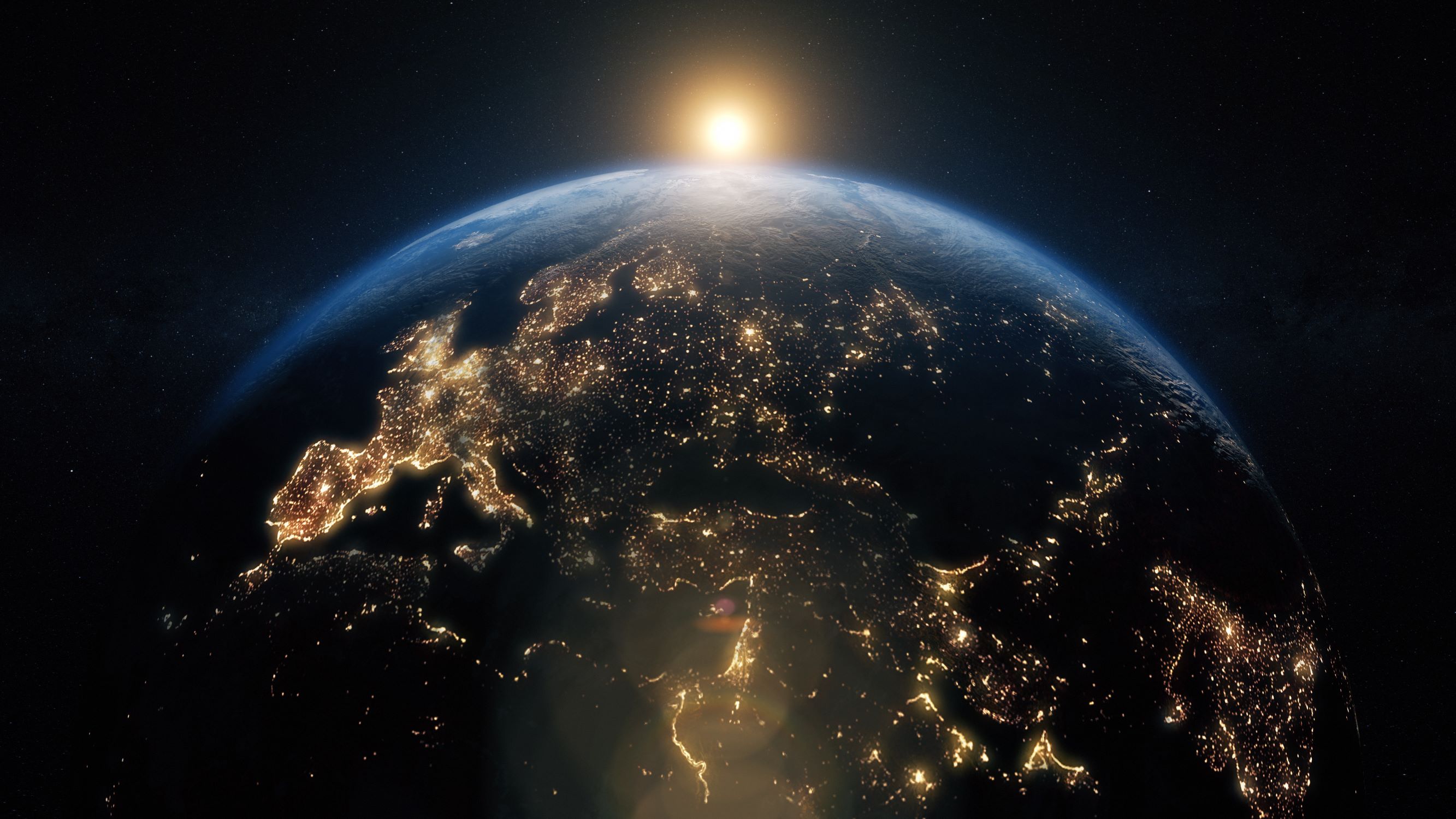Stanislawski, D. (1975). Dionysus Westward: Early Religion and the Economic Geography of Wine. Geographical Review, 65(4), 427–444. https://doi.org/10.2307/213743
Dan Stanislawski (1975) is a former professor of historical geography, who has written about topics involving the people of Portugal (Stanislawski, 1959) and in particular about the winegrowing region of the nation (Stanislawski, 2014). In analyzing Portugal, Stanislawski (1963) documented the history of the southernmost province of Portugal, the Algarve, demonstrating how it evolved through the amalgamation of Phoenician, Carthaginian, Greek, Roman, Visigoth, and Muslim societies and conquest, developing its own distinctive culture. Yet, the author’s writing does not present an explicit thesis; rather, Stanislawski presents an anthology of disparate ideas by different people, while arguing that small, culturally distinct locations should be watched more closely to understand modern change.
As with papers detailing the dark age of Greece (Stanislawski, 1973), which document how the commercial agriculture and trade in wine demonstrated how talented individuals experimented and innovated with new crops, Stanislawski (1975) captures the integration of commerce and innovation in analyzing the Dionysian cult. Moreover, it is important to remember that “[f]ew forces in the affairs of men are more effective than profit in the odor of sanctity, especially when the major commercial product is as gustable as wine” (Stanislawski, 1975, p. 444). The combination of wine and religion merges the mystic, sacred, and ceremonial with the banal and secular, reflecting Unwin’s (2022) concept that wine is itself geography.
While some work, such as that by Unwin (2005), seeks to provide a comprehensive and multidisciplinary framework referencing the development of wine and its place in trade and commerce, Stanislawski (1975) has focused more on the earliest development of wine, in association with the early development of religion in the Mediterranean world of the Indo-Europeans. Stanislawski’s work begins by analyzing the agricultural development of wine and links it to the early growth of religion. Next, the paper analyses the earth mother cult, and references it alongside the development of Dionysus when it comes to the spread of viticulture. As such groups moved, the proselytization of religion may be argued to be connected with the spread of viticulture.
Stanislawski (1975) documents the Bronze Age collapse of the Mycenaean Greek culture and how combining trade and wine overcame opposition to the Dionysian cult. The work seeks to summarize the rise of Mediterranean culture and the development of the Hellenistic Greek and Roman cults associated with Dionysus and tie them into the growth of commerce. While the paper is detailed, it cannot capture all the nuances of an endeavour so large. Nevertheless, the thesis that the development of the Dionysian cult aided the development of other commercial activities and religious groups within Greece, tied to a “connection between religion and trade [where] it is well to observe that Dionysus may have come to Delphi before the advent of Appollo” (Stanislawski, 1975, p. 443), is important.
In demonstrating the energy expended proselytizing the Dionysian cult, the developments of “[r]eligion and commerce stimulated each other: a symbiotic relationship” (Stanislawski, 1975, p. 443) that led to the creation of vertical industries where “wholesale traders try to establish control not only of production but also of all intermediate activities up to the sale to the consumer.” As Stanislawski (1975, p. 444) contends, the question then is, were such individuals “innovators in the skills of salesmanship” that created markets and developed an early form of Mediterranean capitalism?
By combining wine and religion with a sense of the mystic, the Dionysian priests and adherents created vertical economic structures, which may be compared to modern ideas of mercantilism. In addition, the marketing of wine was tied to health in lands of polluted water and a mystic sense of belonging to something greater than yourself. Together, the marketing structured around this beverage enabled the spread of an early religious cult and the development of wine to unite people, which continues even to this today. As Holt (2021) later noted, the Christian story of Christ turning water into wine became a central aspect of Western religion.
In some ways, wine may be seen as the distinguishing factor differentiating Christian and Islamic cultures. Through his analysis of historical geography in the Mediterranean region, Stanislawski (1975) has developed a hypothesis of the joint development of culture, religion, and trade based on the distribution of one of the most consumed beverages and one that would have been far healthier than water (Higgins & Llanos, 2015) for most of human history. The work is seminal in understanding selected key components of the development of Western religion and many of the cultural traits that have led to modern society.
References
Higgins, L. M., & Llanos, E. (2015). A healthy indulgence? Wine consumers and the health benefits of wine. Wine Economics and Policy, 4(1), 3–11. https://doi.org/10.1016/j.wep.2015.01.001
Holt, M. P. (2021). Wine and religion: Part 1, antiquity to 1700. In The Routledge Handbook of Wine and Culture. Routledge.
Stanislawski, D. (1959). The Individuality of Portugal: A Study in Historical-Political Geography (Illustrated edition). University of Texas Press.
Stanislawski, D. (1963). Portugal’s Other Kingdom: The Algarve. University of Texas Press.
Stanislawski, D. (1973). Dark Age Contributions to the Mediterranean Way of Life. Annals of the Association of American Geographers, 63(4), 397–410. https://doi.org/10.1111/j.1467-8306.1973.tb00937.x
Stanislawski, D. (1975). Dionysus Westward: Early Religion and the Economic Geography of Wine. Geographical Review, 65(4), 427–444. https://doi.org/10.2307/213743
Stanislawski, D. (2014). Landscapes of Bacchus: The Vine in Portugal. University of Texas Press.
Unwin, T. (2005). Wine and the Vine: An Historical Geography of Viticulture and the Wine Trade. Routledge.
Unwin, T. (2022). Wine is geography. The Routledge Handbook of Wine and Culture.

